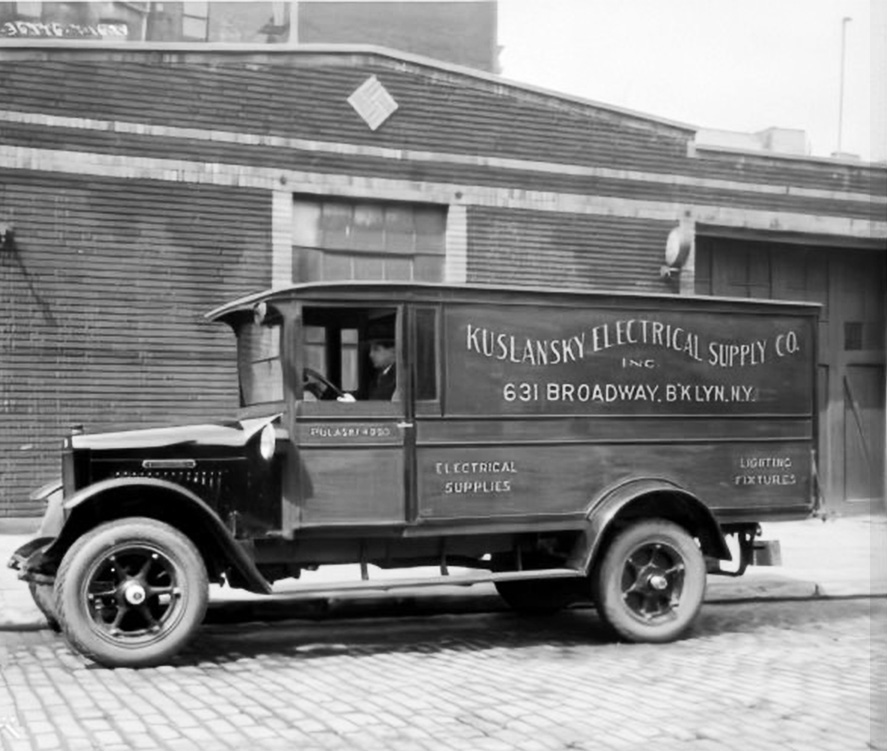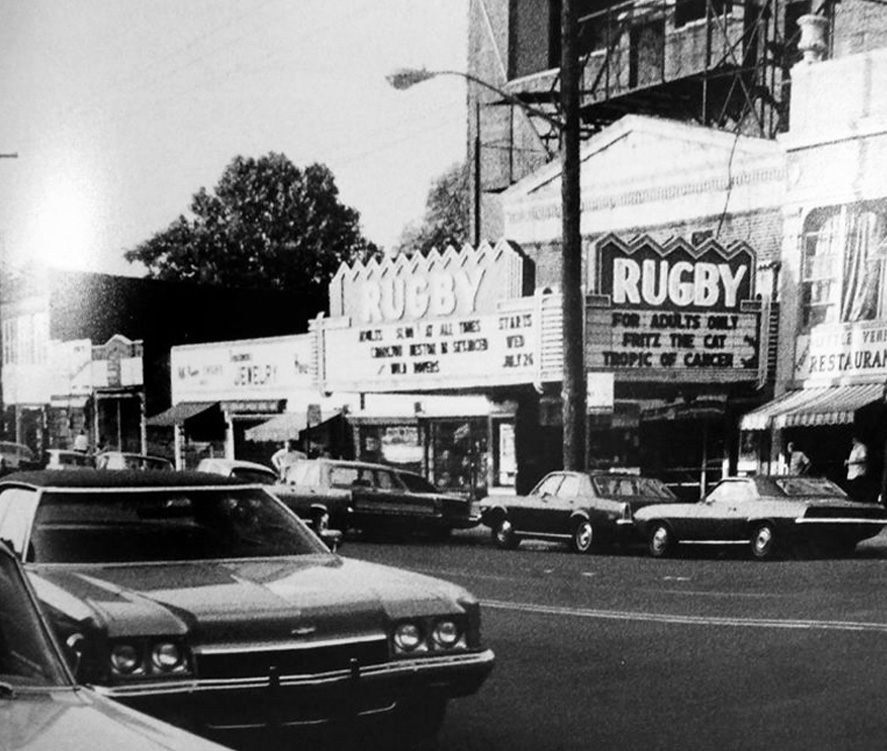About
About Eli Kuslansky
Eli Kuslansky is a Brooklyn-born artist, co-host of the WNYE Art Movez radio show, and a Partner and Chief Strategist at Unified Field, an international award-winning creative innovation firm. Mr. Kuslansky is an internationally recognized thought leader and speaker on the use of digital media in public spaces, cultural institutions of the future, and the creation of Legible Cities, the humanistic smart city.
For over 30 years, he specialized in experience design, digital communications, responsive immersive environments, and omni-channel media projects. He has designed and built multi-million-dollar installations for the world’s leading museums, brands, designers, and architects. He’s collaborated on projects with Alicia Keyes, David Byrne, and Carl Hancock Rux. Now, he is parleying his extensive experience into a new body of artwork.
About being an artist, he has said “I often feel more like a poet, soothsayer, and precision instrument maker than an artist. I’m less interested in making objects to stare at than constructing devices that use the physical and poetic properties of light to reveal something about ourselves, and the environments that we live in. Devices that express an aspirational interpretation of our natural world and our place in it.”
Bio
Mr. Kuslansky holds a Bachelor of Fine Art from The Cooper Union for the Advancement of Science and Art, where he studied sculpture, photography, and the role of illusion in perception. Upon graduating, he worked at two maritime museums and in a shipyard in Greece, where as a part of a crew, he helped to restore a 19th century sailing ship, as he was fascinated by the construction of their iron hulls, the tensile structure of their rigging, and their hydrodynamic forms, powered by wind against canvas, sailing at the intersection of two cosmic forces — wind and wave. Since 1990 to the present, he is a principle at Unified Field, a creative innovation firm that specializes in media experiences in public spaces.
In 1993, he exhibited prints at Komar and Melamid’s Death and Immorality show at Ronald Feldman Gallery, and mirrored stainless-steel sculptures in a group show at the Bronx Museum of Fine Art. He also curated Wellspring, an exhibition on public art that used water at the BACA Gallery (now the Brooklyn Arts Council).
In 2016, he collaborated with David Byrne on the Institute Presents: Neurosociety, an immersive interactive performance piece presented at Pace Galleries in Menlo Park, California. Its themes were perception of reality and morality and was the pilot for David’s Theater of the Mind.
His current work is about time, light, measurement, and perception, how we use instruments to gauge the passage of time and our unique ability to measure and comprehend our world. He is currently working on stainless-steel sculptures with repeating elements that create moving patterns by reflecting and bending light to define the sculpture’s forms in ways different from traditional rendering.
in collaboration with poet and composer Carl Hancock Rux, he is working on an an immersive media installation about our relationship with God. It has a suspended column made of black and white transparencies, inside of which is a moving digital light that projects light and shadow on the gallery’s ceiling and walls in tandem to Carl’s spoken word poem.
Affliations
Mr. Kuslansky was a board member of Exit Art, and the Industrial Application Board for Columbia University’s Center for Advance Technology. He is a member of the American Alliance of Museums, and the Association of Science and Technology Centers. He is currently the Chair of the Advisory Group for the Brooklyn Arts Council, a mentor at the New Museum’s New Inc, and an advisor for Eyebeam Atelier.
Kuslansky Electric Supply
Kuslansky Electric Supply was the family’s business that went back generations. It was established in the 1890’s, and located in Williamsburg, Brooklyn. It began as a metal plating company and then became a wholesale and retail electrical supply store. It was housed in two buildings, connected via a doorway up front. One store sold electrical supplies, and the other was a lighting showroom with chandeliers, pendants, floor lamps and sconces, and model trains, .
The lighting showroom looked like a long rectangular cavern with a decorative tin ceiling and green dingy walls, aglow with the frozen fireworks of the light pendants hanging from the ceiling and the wall sconces arrayed across its walls. Along one wall were shelves stacked with O gauge Lionel model train sets on tracks, from engine to caboose. “To me the store and the showroom were magic. The sound of BX cable rattling along a diamond plate floor as it was being cut, and the showroom, where I often imagined traveling on a starry night to some exotic place to escape the gray confines of the familiar streets of Brooklyn. There is no doubt that the store and the showroom had an influence on my life’s work”.


